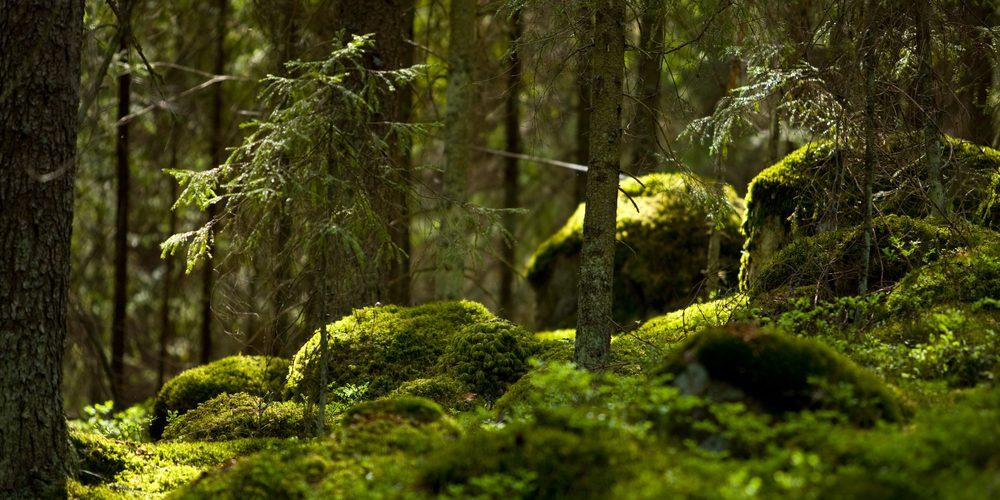Private forest owners can promote the natural values of their forests by establishing METSO protected areas. Based on an optional payment scheme, METSO areas are specific forest sites designated for the production of biodiversity and environmental services.
There are to up to 20,000 species of plants, animals and fungi in the Finnish forests, and therefore forests play a key role in preserving biodiversity. Private forest owners can promote the richness of their forest species through the voluntary METSO program, which conserves selected areas in their natural state. Finsilva’s newest METSO conservation areas are located in Karkkila, Viitasaari and Äänekoski.
– We have identified sites with most environmental value – during the past five years Finsilva has established over 30 protected areas, says Jukka Suhonen, Finsilva’s land use expert.
The aim of the METSO program is to protect forests that are rich in nature and with particular value for species´ habitats.
– The areas we protect have a high nature conservation value and greatly enhance the biodiversity of forests. All in all, we have over 7,000 hectares of set-aside forest areas. It is more than 5 % of the total forest area we own, says Harri Viitaniemi, CEO of Finsilva.
For example, the METSO area of Humalapuro in Äänekoski has a particular botanic value, since the wild hops grow there. Pesälä area in Viitasaari, on the other hand, has remarkably old forest habitat, typically found in national parks in Central Finland.
– I do not remember seeing so many reels and ancient coniferous or pine trees in any area outside the national parks in Central Finland. The area clearly meets the METSO criteria, says Johanna Viljanen, biologist at the Centre for Economic Development, Transport and the Environment (ELY centre).
However, the conversion of areas into conservation forests does not limit their recreational use – the established natural capital -areas remain free to roam: so the picking of, for example, berries and mushrooms is allowed in the future as well.
Protected areas are part of sustainable forestry
Safeguarding biodiversity and combating and adapting to climate change are essential elements of sustainable forest management and forestry, including the protection of biodiversity-sensitive areas.
– Finsilva continues to survey, monitor and identify forest biodiversity values through methods based on scientific research. Protecting forests and taking care of forest biodiversity is an essential part of today’s forestry, Viitaniemi reminds.
